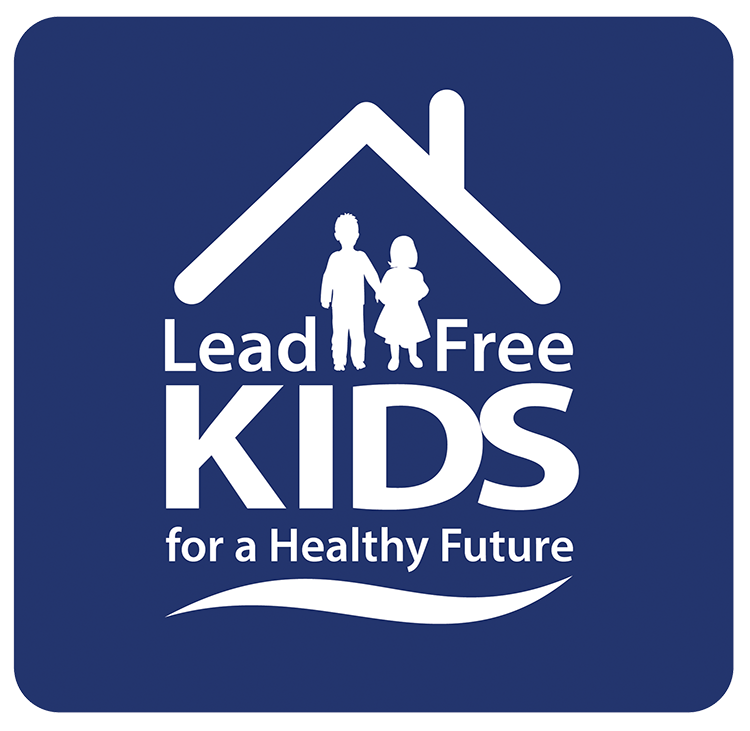- Office of Consumer Affairs and Business Regulation

October 25 – 31, 2020 – is National Lead Poisoning Prevention Week (NLPPW). The U.S. Department of Housing and Urban Development (HUD), the U.S. Environmental Protection Agency (EPA), the Centers for Disease Control and Prevention (CDC), and their partners have organized this to heighten awareness of lead poisoning, provide resources, and encourage preventive actions during NLPPW and beyond.
According to the Centers for Disease Control and Prevention (CDC), children’s exposure to lead contamination continues to be a serious public health concern in this country. Approximately 3.6 million American families with children under the age of 6 reside in homes with lead exposure. The CDC reports that about 500,000 children between the ages of 1 and 5 years have blood lead levels at or above the level at which that agency recommends public health actions begin.
Lead poisoning occurs when lead enters the bloodstream and builds to toxic levels. Many factors such as the source of exposure, length of exposure, and underlying susceptibility (child’s age, nutritional status, and genetics) determine impact. Lead is more harmful to children, especially very young children, because their brains and nervous systems are still developing. Lead poisoning can be treated, but damage is irreversible. No safe blood lead level in children has been identified.
NLPPW facts on lead exposure and its effects:
- Lead is toxic, especially to children. When absorbed into the body, lead can cause damage to the brain and nervous system, learning and behavior problems, slow growth and development, and difficulties with hearing and speech.
- Lead can be found inside and outside the home. The most common source of exposure is from lead-based paint, which was often used in homes built before 1978. Children can be exposed by swallowing or breathing in lead dust created by old paint that has cracked and chipped, eating paint chips, or chewing on surfaces coated with lead-based paint, such as window sills.
- There are simple steps that can be taken to protect family members from lead-based paint hazards in the home, such as regularly cleaning, washing children’s hands and toys often, and wiping shoes before entering the home.
- If you live in a house built before 1978, a certified inspector or risk assessor can be hired to check your home for lead-based paint or lead-based paint hazards.
- Lead can also be found in drinking water. The most common sources of lead in drinking water are lead pipes, faucets, and fixtures.
- Other examples of possible sources of lead include some metal toys or toys painted with lead-based paint, furniture painted with lead-based paint, some metal-containing jewelry, some imported items (i.e., health remedies, foods and candies, cosmetics, powders or make-up used in religious ceremonies), and lead-glazed pottery or porcelain.
- Children can become exposed to lead by:
- Putting their hands or other lead-contaminated objects in their mouths;
- Ingesting lead-contaminated dust;
- Eating paint chips found in homes from peeling or flaking lead-based paint;
- Drinking water that comes from lead pipes;
- Playing in lead-contaminated soil;
- Eating food made with lead-containing imported spices or candies; and
- Using ceremonial make-up or powders that contain lead.
- Some children are at greater risk for lead exposure than others, including those who are:
- From low-income families;
- Living with adults whose jobs or hobbies involve working with lead;
- Members of racial-ethnic minority groups;
- Recent immigrants; and
- Living in older, poorly maintained rental properties.
- Adults may also unknowingly bring lead dust into their home from their jobs or hobbies.
Resources:
For info. on HUD, EPA and CDC activities during NLPPW, visit www.hud.gov/healthyhomes, www.epa.gov/lead, or www.cdc.gov/nceh/lead.
For info. on lead in drinking water from EPA, visit www.epa.gov/ground-water-and-drinking-water/basic-information-about-lead-drinking-water.
The President’s Task Force on Environmental Health Risks and Safety Risks to Children is the focal point for coordinating the federal government’s efforts to explore, understand, and improve children’s environmental health. For more information, please visit https://ptfceh.niehs.nih.gov/.
In Massachusetts, you can find resources on the Childhood Lead Poisoning Prevention Program with the Department of Public Health (DPH).
Contact Poison Control immediately if you believe your child has been exposed to lead or any other toxic element by calling 1-800-222-1222 or visit www.poison.org.

